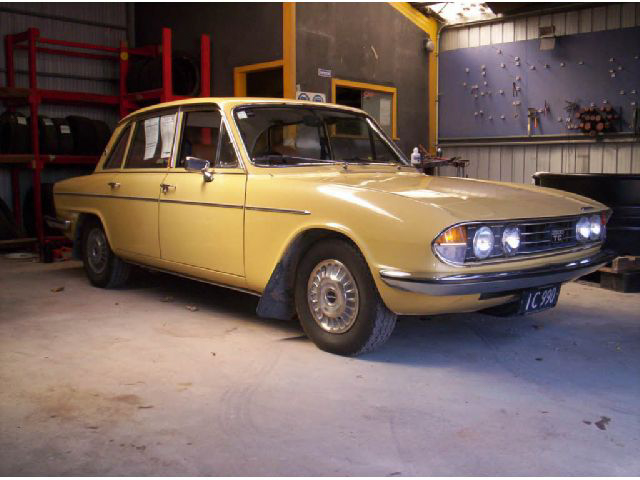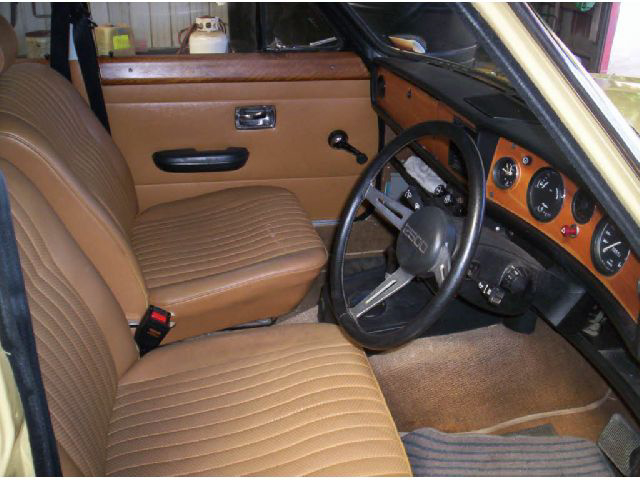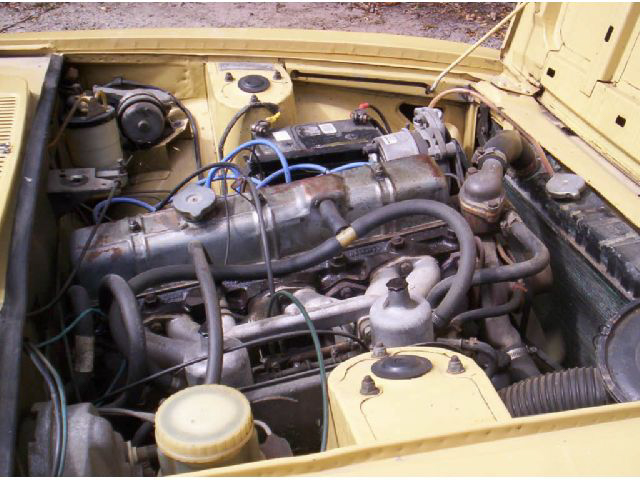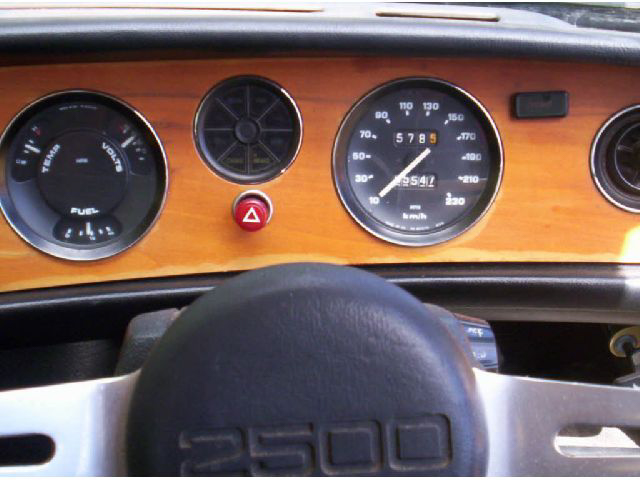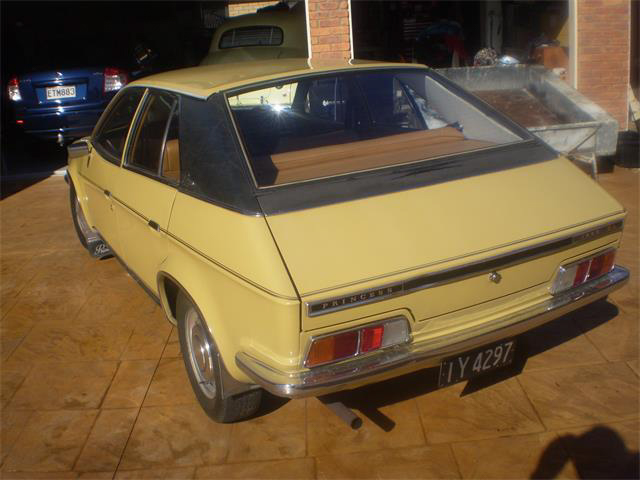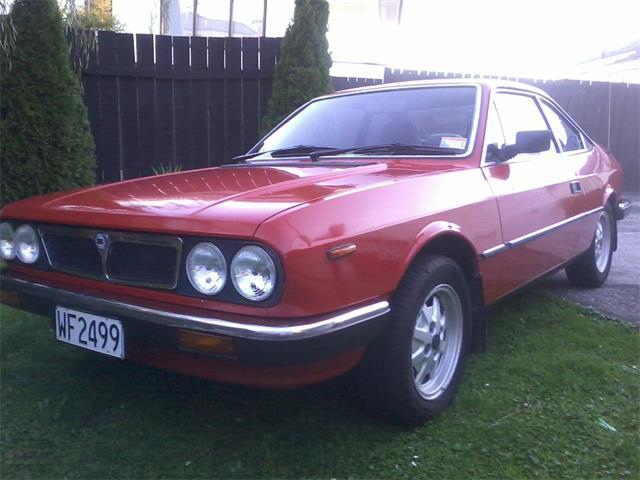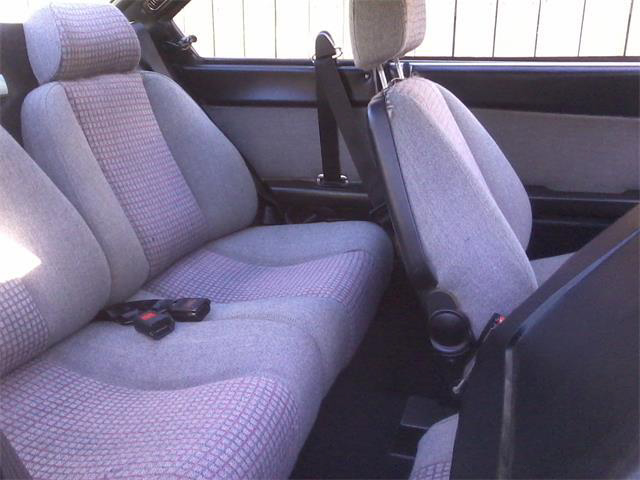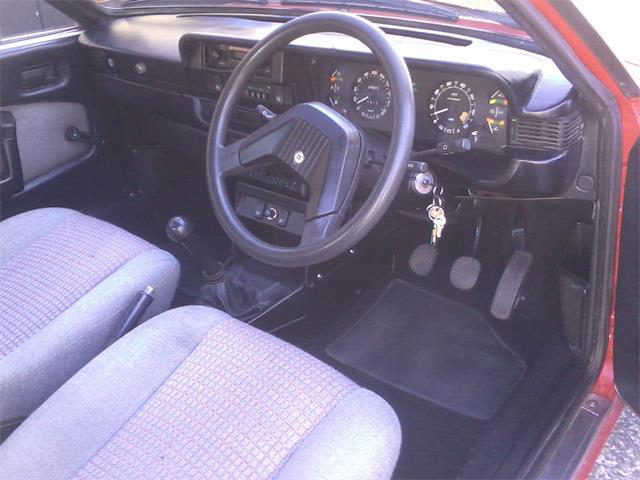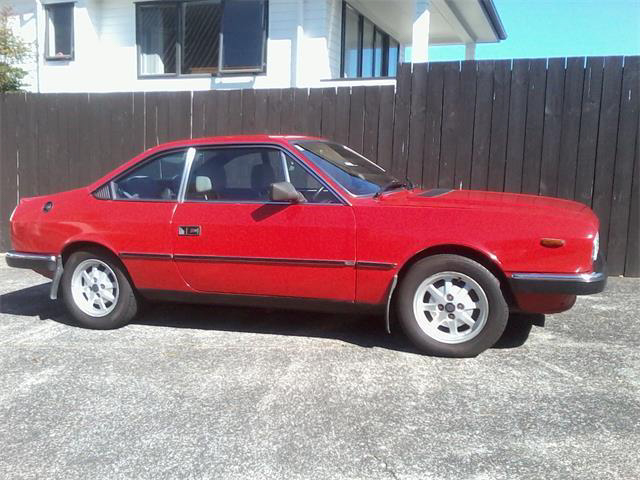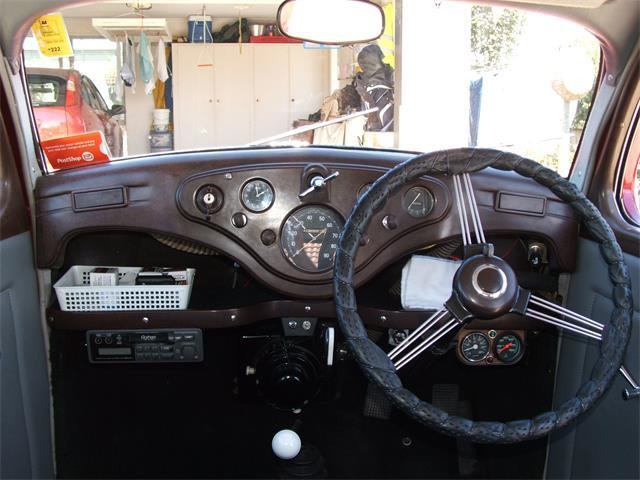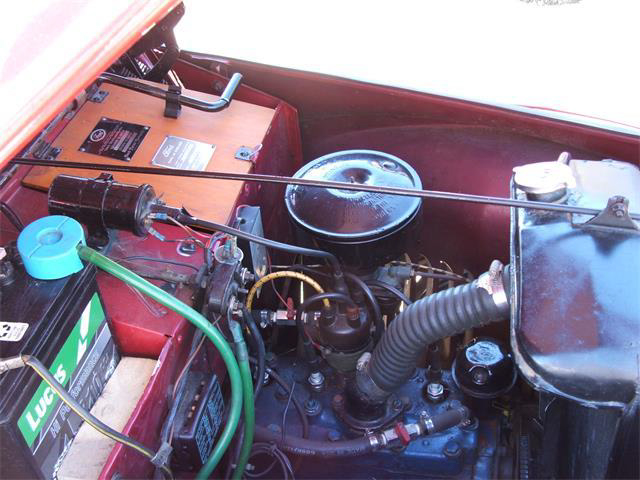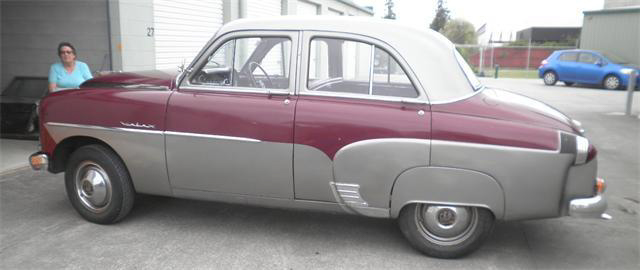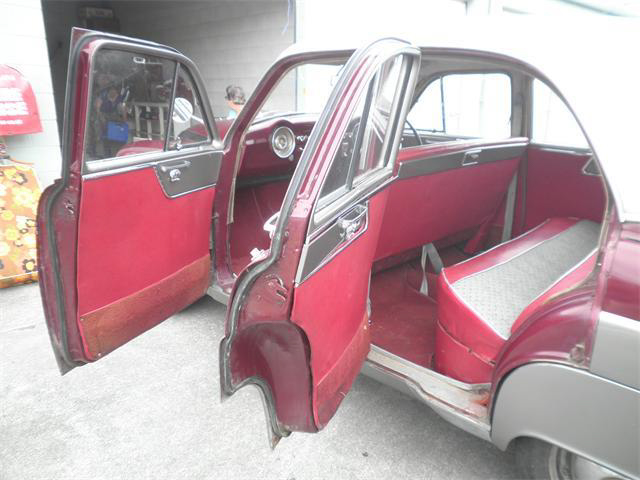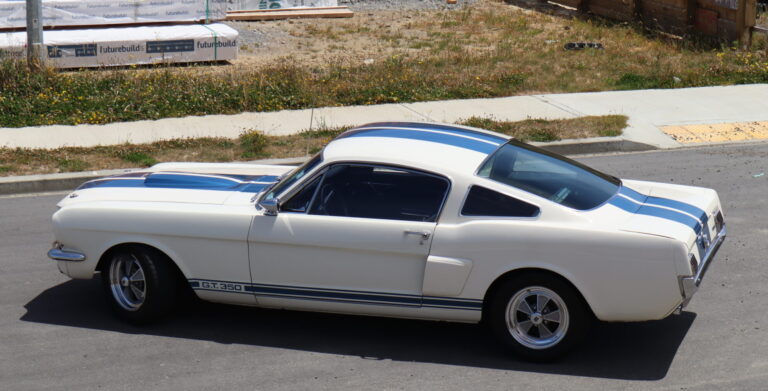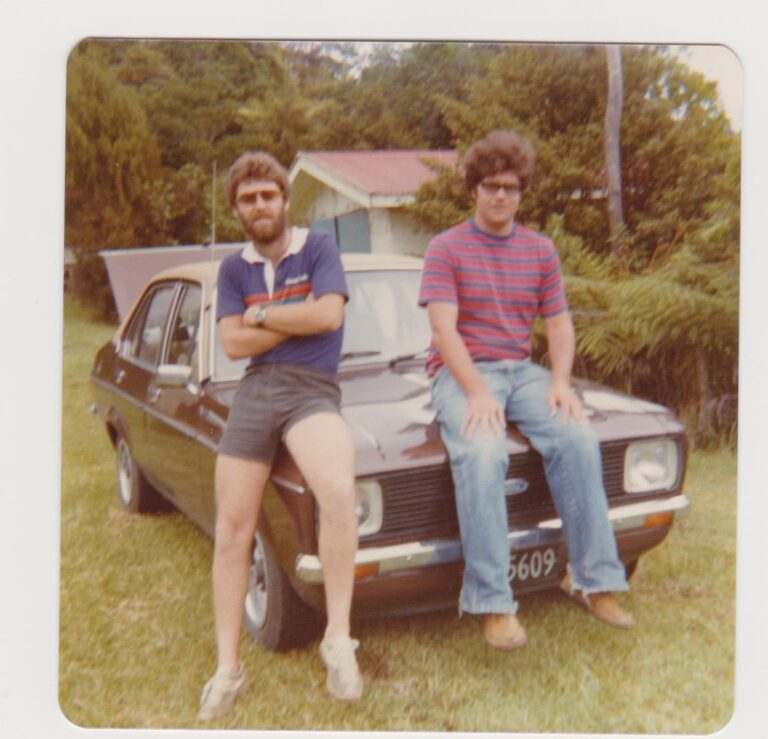If you’re like us you tend to find yourself trawling through websites, newspapers, and sometimes even grocery store noticeboards, trying to hunt out that perfect classic car for a decent price. We’ve done the hard yards for you and have discovered five bargain-priced classics you could own today.
1. 1976 Triumph 2500 — $3950

Powered by a detuned version of the same 2.5-litre straight-six motor fitted into Triumph’s hairy-chested TR5 sports car, the 2500 saloon was a genuine businessman’s express. Endowed with good performance, excellent handling, and a well-equipped interior, these Triumphs quickly became extremely popular in New Zealand. Indeed, in one of New Zealand Classic Car’s early reader surveys, the Triumph 2500 was voted as the most popular everyday classic. The 1976 example seen here looks extremely tidy both inside and out, and everyday usable. With an asking price of only $3950, it’s a real bargain. Check it out here.
2. 1978 Austin Princess 1800HL — $4750

Built in various guises from 1975 to 1981, the wedge-shaped Princess never really caught on and, in comparison to contemporary rivals such as the Ford Cortina, it was a bit of a sales flop. However, the Princess has a certain ’70s charm about it that some find attractive and, fitted with hydragas suspension, these cars provide a smooth and comfortable ride.
We spotted this tidy-looking example in Canterbury. With only 110,400kms on the clock, this three-owner Austin looks to have been well cared for with the present owner having used it mostly on VCC rallies. From its twin headlights you can tell that this is an HL model, fitted with an 1800cc motor and a manual gearbox. The owner will consider all offers around $4750. Check it out here.
3. 1985 Lancia Beta Coupe — $6000

For those with a taste for an Italian everyday classic, how about a Lancia Beta? While these cars quickly gained a rusty reputation, survivors will usually have been dealt to and be protected against the deadly tin worm. And if style is your thing, you’ll want a two-door example — by cutting their Beta saloon’s platform down by 190mm and adding a new, Zagato-styled body, Lancia produced exactly that with their handsome Beta Coupé.
We found this bright-red 2000 IE Coupe in Auckland and it looks to be a prime example, having been extensively restored by a previous owner in 2011 — and, with an asking price of only $6000, we’d expect this stylish coupe to be snapped up very quickly. Check it out here.
4. 1952 Ford Prefect — $7000

For those looking for an older everyday classic, it’d be hard to go past one of Ford’s sit-up-and-beg Prefects. Bog-standard transportation in their day, a surprising number of these sturdy and reliable cars have survived to the present day — so Ford must’ve done something right when they built these cute saloon cars.
The example seen here hails from Rotorua and is currently in daily use having been converted to a more modern 12-volt electrical system with electric wipers, driving lights, heater, and additional gauges — all designed to make the car a more practical everyday classic. With an asking price of $7000, this fully restored Prefect is just waiting for a new owner to jump aboard and drive it away. Check it out here.
5. 1955 Vauxhall Velox — $7000

Don’t fancy a Ford Prefect? What about a Vauxhall from the same era? The Velox — one of Vauxhall’s first post-war models — debuted in 1951 and would run alongside its sister cars (the Wyvern and more upmarket Cresta) until replaced by the transatlantic-looking PA models in 1957.
The featured two-tone Velox is a three-owner car that has spent the last 12 years in storage — the car’s original registration plate being on hold. With a very straight-looking body, as well as original paint and a tidy interior, the Vauxhall is a runner and only needs a few tweaks to get it ready for the drive home. Currently in Matamata, the asking price is negotiable from a starting figure of $7000. Check it out here.

